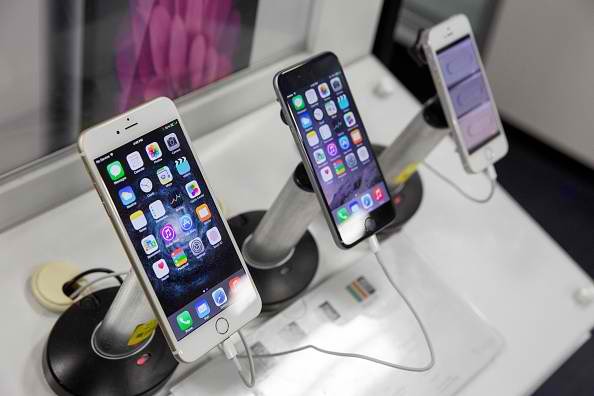There has been a sheer fall in share price following reports that Apple has dropped its iPhone 6s order rate. Recently, there have been reports that Apple has dropped order rate from twenty million to 222 million units for the year 2016.
The details of this estimate were reported by Credit Suisse's Asia technology team, which has been continuously tracking the supply chain management of Apple. The result of this observation was that the earning per share estimate for Apple was reduced by six percent.
This drop rate has created suspicion among many people that they even commented that Apple is losing its charm and is doomed. However, an answer to this fall is that, at some point of time, growth needs to slow down and Apple is crossing this phase. According to reports and analysis, there are other three key indicators suggesting that Apple can survive even without the help of the biggest income earning product - the iPhone.
Keeping aside Apple's raw profit, Apple still leads as the biggest profit gainer in the smart phone market. Although Google's Android holds higher market share, Apple leads when it comes to calculating returns from the whole market. Apple gain greater financial success as Android is focused towards low and mid range handsets while Apple focuses on high end devices that will ultimately let them climb financial gain.
There is a tough competition between Samsung and Apple devices, and if recent survey reports are to be believed, Galaxy series is no longer helping Samsung gain profits and that the performance scale has also dropped. Although, Samsung's Galaxy J still holds the South Korean market, Samsung is falling into the cycle of selling more handsets at reduced prices.



























